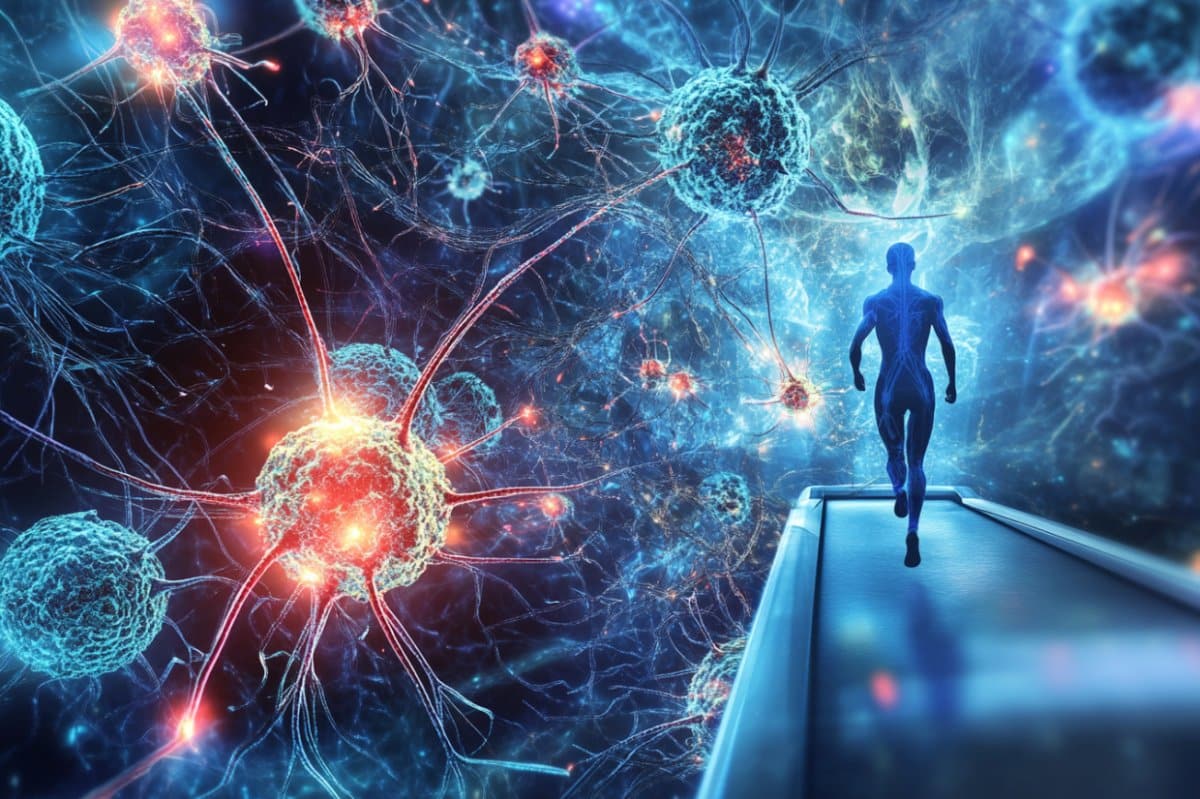Researchers at Mass General Brigham, in collaboration with SUNY Upstate Medical University, have utilized advanced RNA sequencing technology to explore the impact of exercise on brain cells affected by Alzheimer’s disease. Their findings indicate that physical activity significantly alters gene expression in two types of brain cells: microglia and a newly identified astrocyte subtype associated with blood vessels. This alteration may serve to safeguard memory functions.
A key discovery was the identification of the metabolic gene Atpif1, which appears to be crucial for the formation of new neurons. The research not only sheds light on how exercise benefits brain health but also opens avenues for targeted therapies aimed at treating Alzheimer’s disease.
The study, published in Nature Neuroscience, delves into the hippocampus—an area critical for memory and learning that is often compromised in early Alzheimer’s. The team employed single-nuclei RNA sequencing, a cutting-edge technique that allows researchers to examine molecular activity at a granulated level in individual cells, which is essential for understanding Alzheimer’s pathology.
In the experiment, the researchers encouraged a standard mouse model of Alzheimer’s to engage in physical activity using running wheels, which led to noticeable memory improvements compared to their inactive counterparts. Analysis of gene activity across thousands of individual brain cells revealed significant changes in both microglia and the neurovascular-associated astrocytes, the latter newly identified by the team.
The gene Atpif1 emerged as a vital regulator for generating new neurons. “That we were able to modulate newborn neurons using our new target genes set underscores the promise our study,” said lead author Joana Da Rocha, PhD.
To ensure relevance to human health, the research team validated their findings against a comprehensive dataset of human Alzheimer’s brain tissue, where they noted similar gene activity patterns. “This work not only sheds light on how exercise benefits the brain but also uncovers potential cell-specific targets for future Alzheimer’s therapies,” remarked Nathan Tucker, a biostatistician and co-senior author of the study.
The study involved several additional authors from Mass General Brigham and SUNY Upstate Medical University. Notably, senior author Christiane D. Wrann, DVM, PhD, highlighted the significance of their findings, stating, “Now, we have a detailed map of how exercise impacts each major cell type in the memory center of the brain in Alzheimer’s disease.”
This research was supported by multiple grants from the National Institutes of Health and other funding organizations. Wrann has disclosed her role as an academic co-founder and consultant for Aevum Therapeutics, a company focused on utilizing exercise’s protective mechanisms for treating neurodegenerative disorders.

